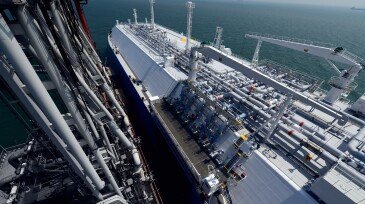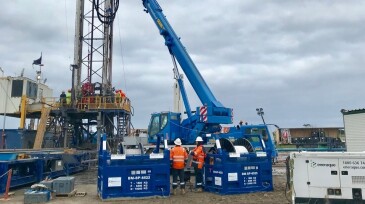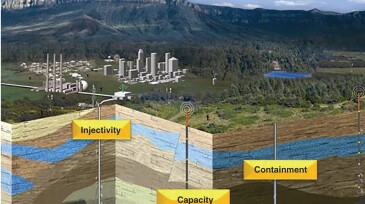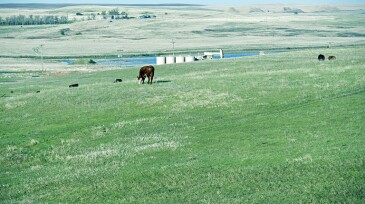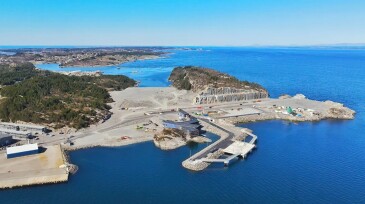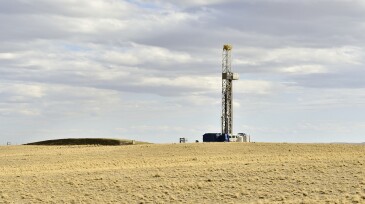Carbon capture and storage
The two companies said they will evaluate the possibility of a joint venture to develop a direct air capture hub in South Texas, with XRG considering investing up to $500 million.
The plant at Heidelberg Materials’ cement facility in Brevik, Norway, has captured its first 1,000 metric tons of carbon dioxide.
The vessel is expected to be delivered by the end of the year, while the project's new port in Esjberg is on target for completion this autumn.
-
The CO2 capture capacity of all CCS facilities under development increased 44% over the past 12 months, bringing the total capacity of those projects to 244 mtpa of CO2.
-
The US giant joins CF Industries and EnLink on a development that could capture and permanently store 2 million metric tons of carbon dioxide starting in 2025.
-
Occidental Petroleum is considered one of the upstream industry’s most dynamic companies after making major investments to boost oil and gas production while also scaling up low-carbon technologies.
-
Texas and Louisiana are stepping up efforts to assume regulatory authority for an emerging wave of carbon capture and storage projects.
-
The CStore1 project aims to prove that floating storage and injection facilities are competitive with pipelines and fixed offshore infrastructure.
-
Glynn Williams, CEO of Silixa, offers his take on the role fiber-optic technology will play in the rise of CO2 storage and on the firm’s progress in the tight-rock sector.
-
The SRMS Guidelines include suggestions for the application of the SRMS with the intent of including details of the processes of quantification, categorization, and classification of storable quantities so that the subjective nature of subsurface assessments can be consistent between storage resource assessors.
-
A North Dakota Supreme Court decision changed the rules for leasing pore space from landowners and their rights to compensation. This decision and the US Inflation Reduction Act, which significantly increases tax incentives for operators’ carbon capture and storage projects, is likely to spur other states to clarify their laws regulating pore space.
-
The two companies have agreed to develop a carbon capture and storage supply chain to funnel carbon dioxide produced by German industry into storage deep beneath the Norwegian Continental Shelf.
-
Consisting of a well pad and a pipeline, the storage project in the southwest of the state will be the first of its kind on land managed by the BLM.








